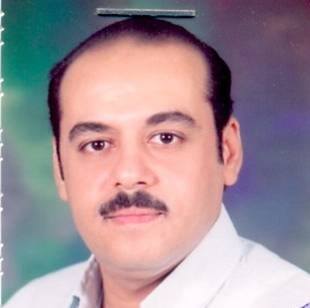Objective: To share our experience in bladder preservation in Upper Egypt, Assiut and Sohag Universities, using different treatment protocols. In Sohag study patients with operable muscle invasive bladder cancer were included and underwent transurethral resection followed by radiochemotherapy (5- fluorouracil and Cisplatin) for bladder preservation. In Assiut study after maximum safe resection of bladder tumor, patients received combined chemo-radiotherapy, 60 Gy of fractionated radiotherapy over 6 weeks, with Cisplatin and Gemcitabine.
Results: In Sohag study the age of patients ranged from 35–72ys with Median 56 years, 24 patients were male (80%) and 6 patients were female (20%). In Assiut study the mean of age was 57.30 years, median 58.5 years with peak incidence in 7th decade (9 cases) then in 6th decade 7 cases (23.33%). Performance status was represented as following, 23 patients (76.6%) were scale 1 and seven patients (23.3%) were scale 2. In Assiut study, 90% of patients were disease free at the time of cystoscopic reevaluation. Of concern is that within 18 months of follow up in Assiut study, 7 of 27 (74%) complete responding patients have had local recurrence and 66.7% of all cases. The recurrence free survival in Sohag study at the median follow up (17 months) was 84% and at the end of follow up (30 months) was 70%. The overall survival at the median follow up was 95%, and at the end of follow up was 84%. The disease free survival in Assiut study was 66.7% and the overall Survival in Assiut study was 76.7.
Conclusion: Three significant prognostic factors were detected for overall survival, performance status, tumor size and residual of tumor and two significant prognostic factors were detected for disease free survival, tumor size and residual of tumor in Assiut study. And it was nearly similar to that reported by Sohag study as they found the completeness of TUR and early stage of the tumor had the strongest impact in response to treatment.


